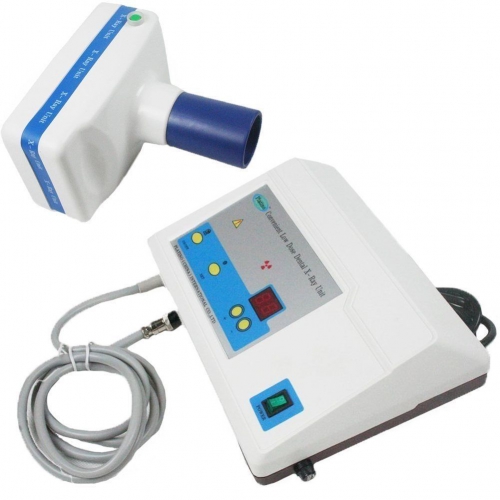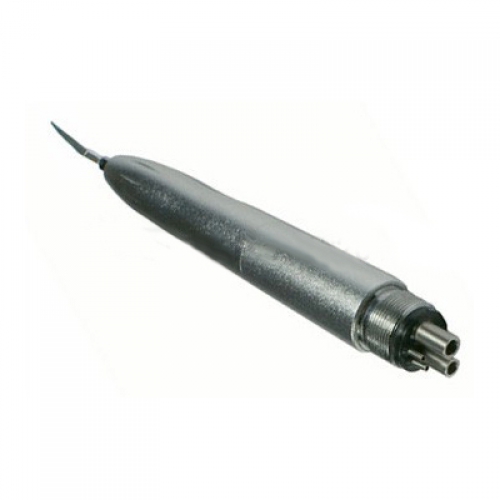Ultrasonic scalers are available with two movement-generation technologies: magnetostrictive or piezoelectric. Air-driven scalers that attach to the dental unit airline hose are not in the ultrasonic category. These are sonic devices in the 3,000-8,000 hertz range (1 hertz = one cycle per second, 1,000 cycles equals one kilohertz, KZ), and they aren’t very powerful. They vibrate in a circular movement that can “roll over” hard deposits and emit a very annoying shriek that is in the human audible range. Although their portability is attractive, daylong use of these is not.
Magnetostrictive scaling units use a working tip attached to a stack of metal nickel plates called an insert/tip. The insert/tip is placed into the handpiece which has a coil in its length. When electricity is applied, a magnetic field is created that generates vibrations in the metal stack.
These vibrations are called frequency and refer to the number of times per second that the tip moves back and forth during one cycle (one complete stroke path). Frequency levels are usually in the 25,000-30,000 hertz range (thus 25K or 30K devices), and the magnetostrictive tip motion is somewhat elliptical in nature. This creates a “rolling” motion on the hard surface, which can be comfortable but also can burnish old calculus that has accumulated and embedded itself in the cementum or root surface. All sides of the tip come into play, with the point having the most power, the front and the back being the most active, and the sides being the least active.
Constant movement of the working end is recommended for the most efficient use and removal of plaque and biofilm, but contact against a hard deposit has to be engaged long enough to cause microfractures for breakup and removal. The point of the tip can create a fracture in a large deposit of calculus, causing it to shatter and break apart. A hard deposit will break apart in pieces, and stain removal is accomplished by using crisscrossing, crosshatching strokes until the last small stain is gone.
Tactile sensitivity is somewhat diminished by the weight and bulk of the metal stacks in the dental handpiece, but this can be improved with operator practice and thinner inserts. Water is needed as a coolant since the stacks generate heat during operation.
Piezoelectric devices use stacked ceramic plates or quartz crystals in the handpiece to generate a linear motion similar to a reciprocating saw or electric knife movement. The tips are threaded and wrenched into position at the end of the handpiece.


